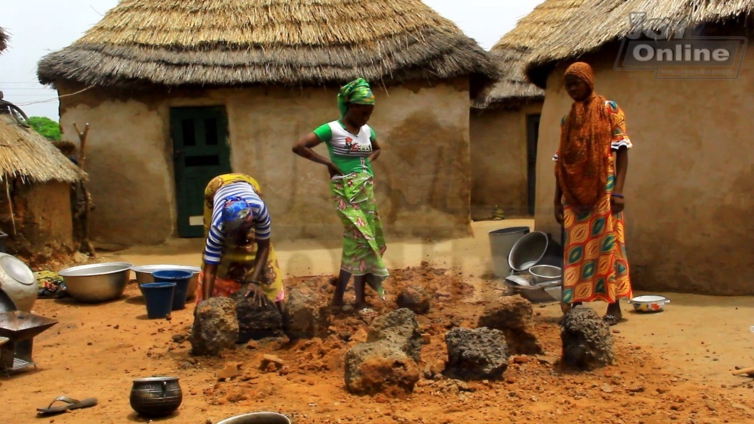For seven years, Nafisah Wahab and Nuriya Zubaida, 26 and 25 years respectively, worked in Ghana’s capital city, Accra, as head porters – carrying luggage to fend for themselves.
But they returned home when they realized that the capital city is not a suitable venue to survive as young women.
They now live in a small village called Sumpini and Kojope in the Savannah region, where everyone depends on shea fruits for survival.
Like Nuriya and Nafisah, almost everyone in the village harvests ripe fruits for sale to earn a certain form of income.
It is their primary income that sustained their education and family maintenance.
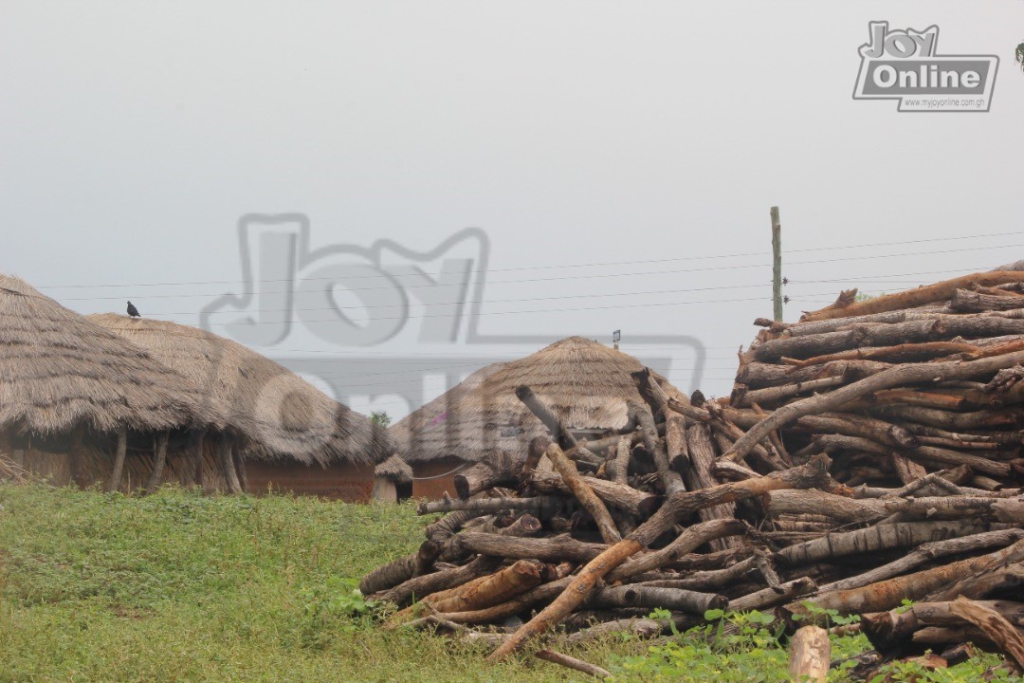
“I used to pick shea nut, but it is no longer there,” said Nafisah.
At the peak of the season, she and others could make GH₵100 per day.
They earned more when they gathered the shea nut for a week and processed them.
"We could make GH₵1000 to solve our challenges, but because it is no more, we had to move to the city,” Nuriya said.
Nuriya and Nafisah are just two of hundreds of young women who migrate to the cities every year for non-existence livelihoods.
Life in the city
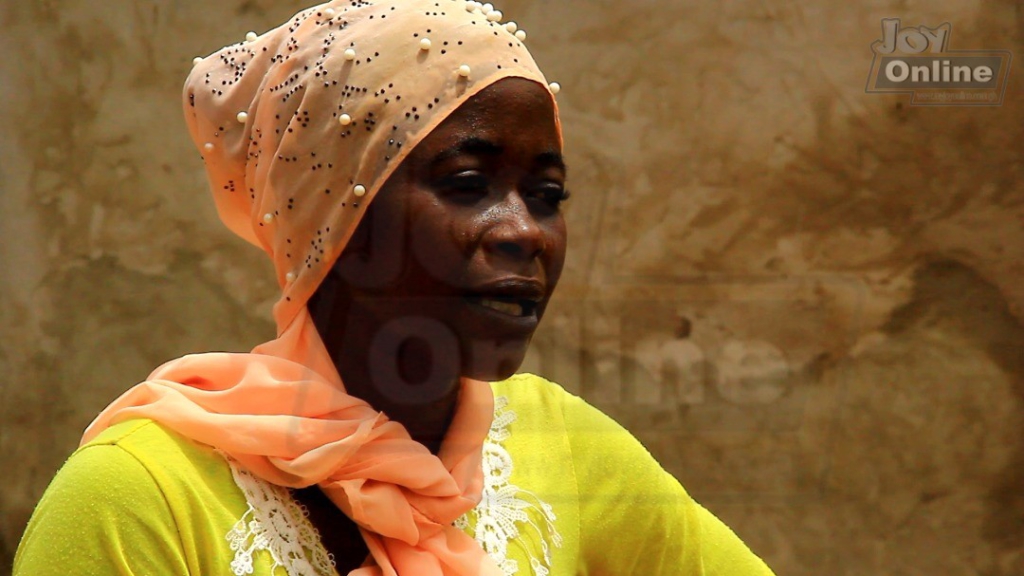
In 2011, Nafisah had to move to Accra because she had no livelihood to earn.
The Shea trees were not fruiting for them to harvest.
Nafisah lived in Accra for seven years, 654km away from home.
Working in the capital city by carrying people's luggage was not an easy task. Nevertheless, she defied the odds, bad weather and the worst treatment to raise money for the family back home.
But she had to give up and return home in 2018 because life was too tough.
Nafisah is married and has 3 children. However, only one of her children goes to school because she has no work.
Nafisah herself left primary school to harvest shea nuts to sell.
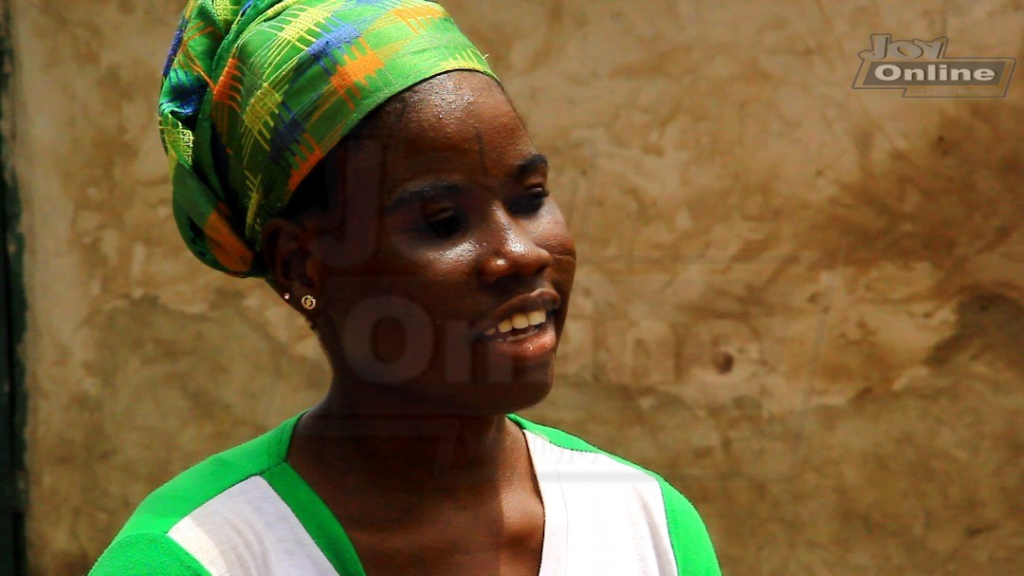
For Nuriya, she returned from Accra to marry. She has two daughters, but none of them is in school.
Many young women and girls have left for cities such as Kumasi and Accra in search of sustainable livelihood.
While these innocent girls continue to search for non-existing jobs, a chunk of them ends up getting pregnant against their will.
“Two of my children have left for Accra and Kumasi,” Azara Solia, who is in her late 50s.
She says they can't farm because herders will destroy their farms.
Almost all the head porters found in the main cities of Ghana are from the northern parts of the country.
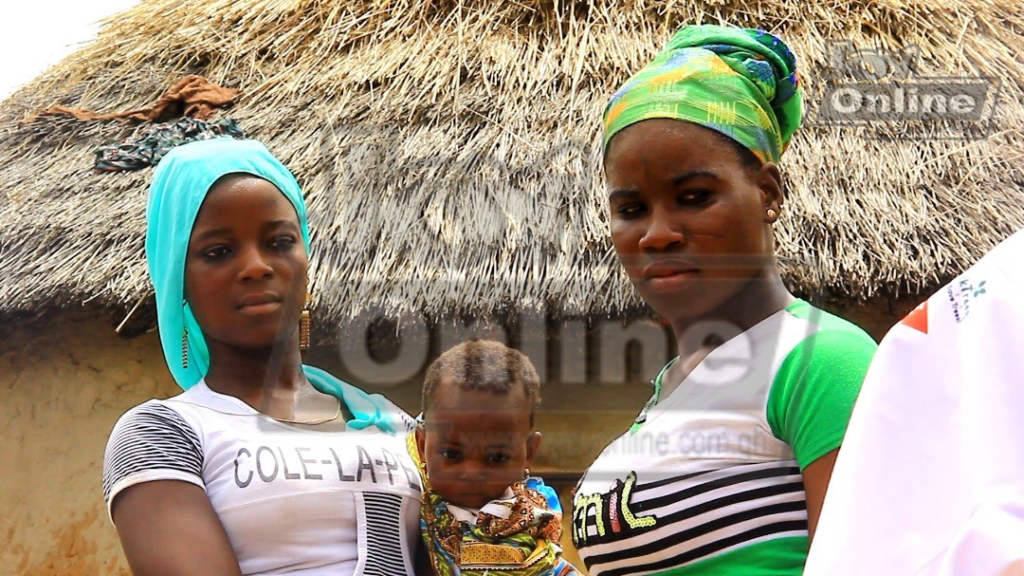
Many of them have lost their main source of livelihood back home, and there is nothing to fend for themselves.
According to Jaksally Development Organization, about 60% of young women migrate to the southern part of the country, especially the dry season, to seek a livelihood.
"Truly, the Shea used to be abundant here, but now, they are just a handful. Our children eat from these trees. The way the number of these trees keeps reducing is alarming," said 52-year-old Mohammed Yakubu.
Mr Yakubu has lived in Sumpini for many years.
He was also among those who harvested and gathered Shea nuts and sold them for family upkeep.
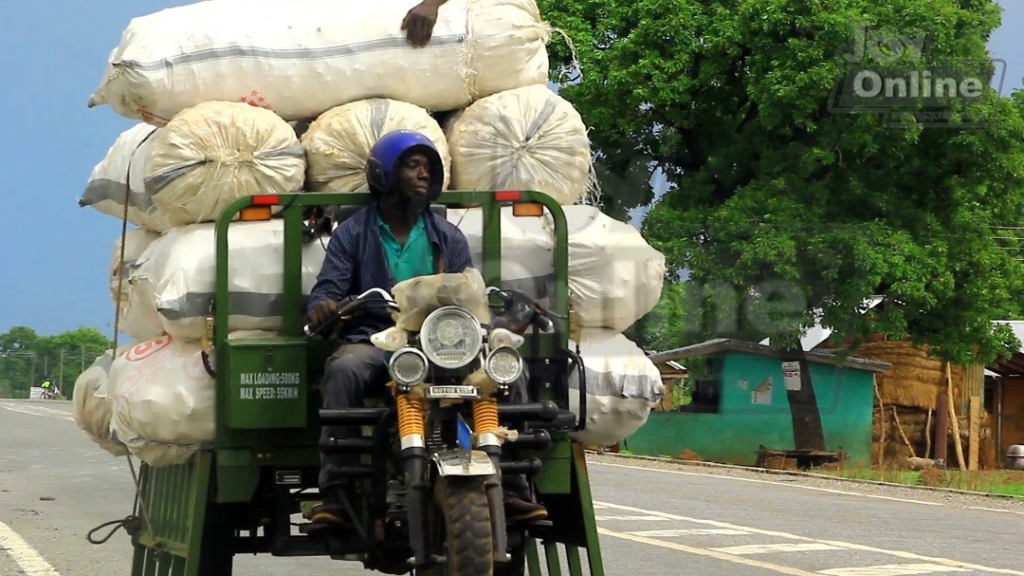
Economic benefits
The Shea tree can bear fruits for many years, mainly used by women to generate income, support their families, and do other household chores.
It is thus not surprising that many have described the tree as a source of occupation for women.
The fruit tree is a source of employment for hundreds of thousands of people, especially women, and serves as a food source.
Thus, the Shea butter is extracted from the nuts and used as cooking oil to prepare various types of foods.
To generate income, the women go into the bush to harvest the nuts, which are directly sold to processors or are processed by extracting the butter from the nuts and sell their products to other traders.
The lifespan of the Shea tree
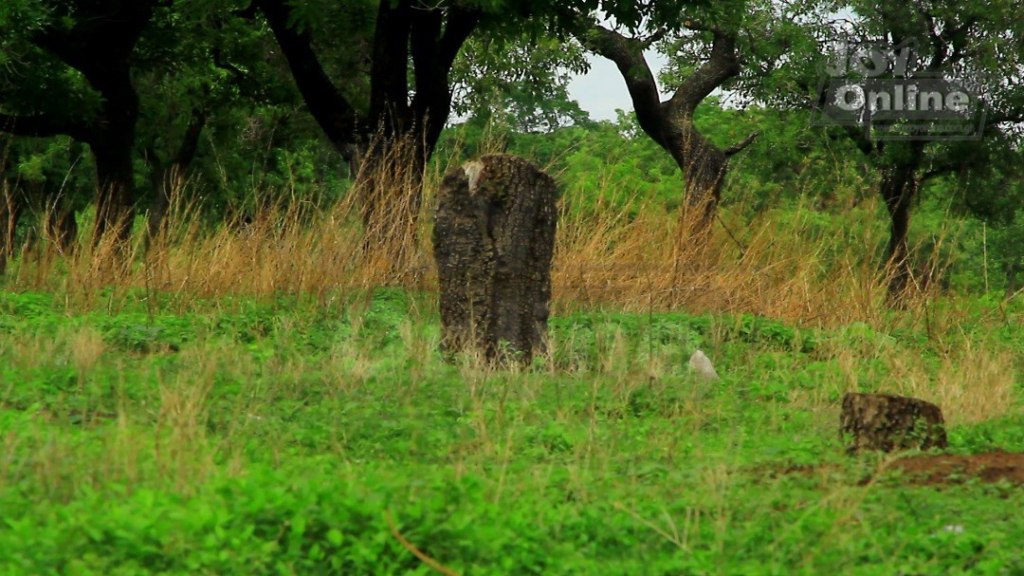
The Shea tree grows mostly in the wild. However, it grows over the entire northern part of Ghana, covering over 77,670 square kilometres.
Local people say no one owns the Shea tree because it germinates and grows on its own.
It passes the germination stage in about three to five years and has no natural enemies such as pests.
After surviving the first 5 years of its early stages of germination and growth, it develops slowly and takes about 30 years to reach maturity and live for about three centuries.
The Shea tree can bear fruit for up to 200 years.
Source of food, raw material for industry and foreign exchange
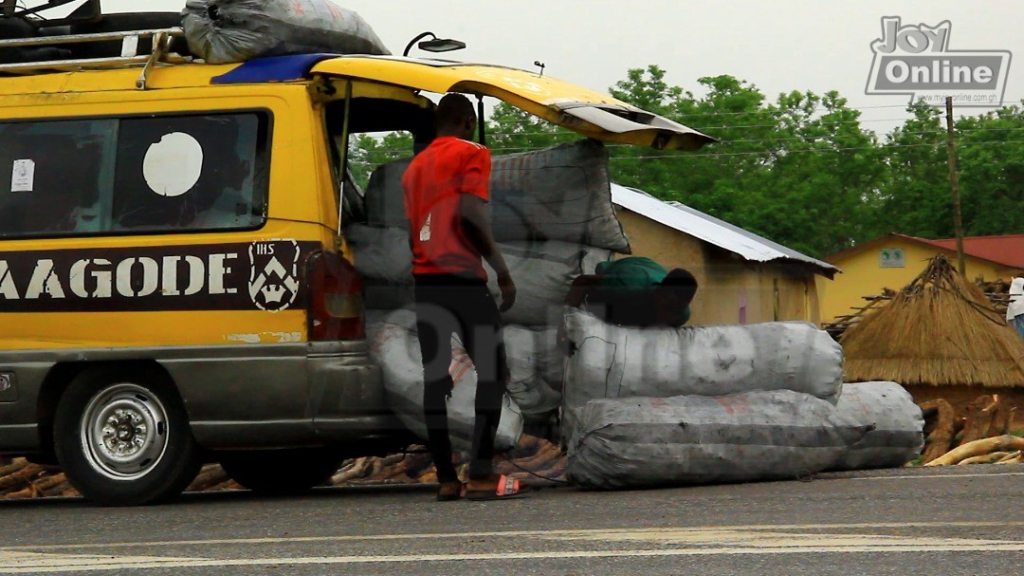
Research has shown that it has a great, untapped ability to produce copious quantities of sap that can provide a significant raw material source for the gum and rubber industry.
According to research, the mature fruit contains about 61% fat, which, once extracted, is edible and can be used for medicinal and industrial purposes.
Shea butter has a fat composition similar to cocoa butter, used as a substitute for lard or margarine because it makes highly pliable dough.
It is also used to produce soap, candles, and margarine formulations.

Once the oil is extracted, the residue is used as an excellent fuel and mixed with mud for plastering traditional mud huts.
It is estimated that about 9.4 million Shea trees were in Ghana, and these could potentially yield one hundred tons of Shea nuts worth about 100 million US dollars per year.
But bad weather has affected the tree's life cycle and production level.
Effects of Human activities
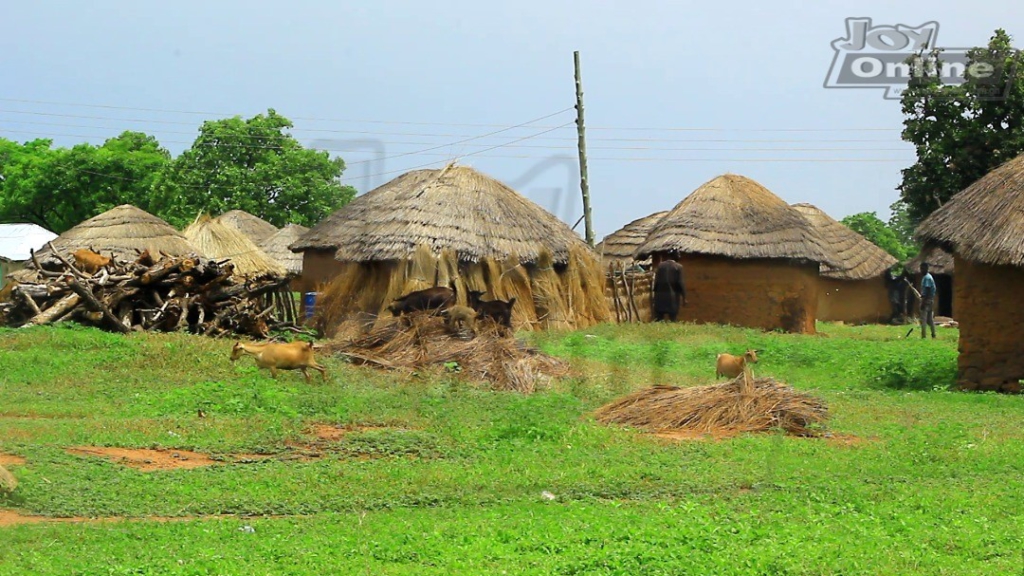
“Now the Shea trees no longer bear nuts. For women in this community, we depend largely on the Shea fruits to fend for our children who are in school and us. But now we have to depend on firewood,” said Azara.
They can’t tell why the trees aren’t bearing fruits again but believe hunters who burn the bush are responsible.
But the executive director for the Jaksally Development Organization says the cutting down of rosewood in the area is having a repercussion on the survival of the Shea tree.
Jeremiah Seidu says the presence provides some amount of soil moisture to the Shea tree.
"The commercialisation of charcoal business is another factor. The Shea tree gives them good charcoal," Mr Seidu said.
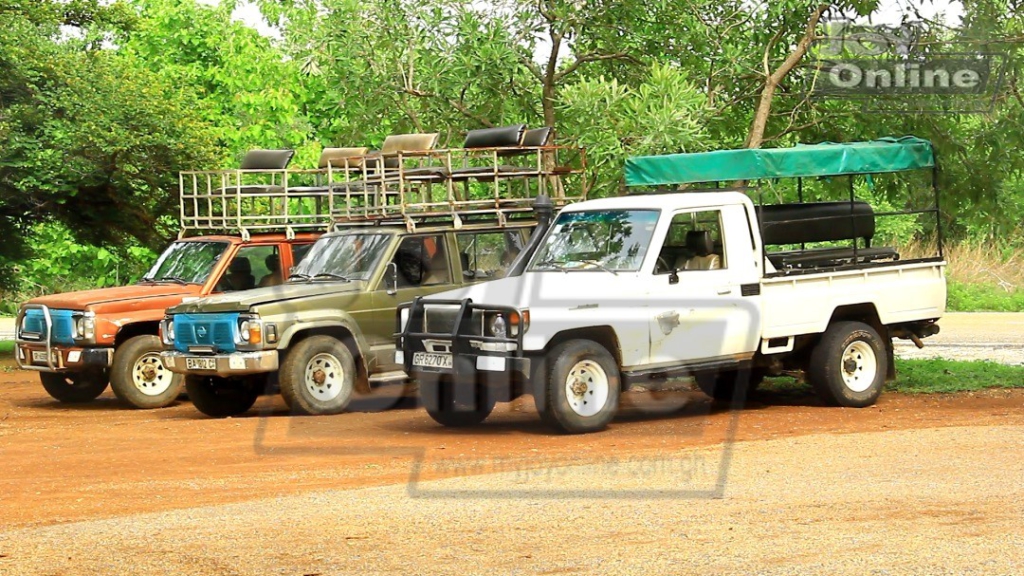
"Most of the trees are aged that's why they are not fruiting," that's according to the Head of Cocoa Research Institute of Ghana at Bole.
Dr Julius Yeboah says more than 90 per cent of women rely on the tree for several benefits.
Mr Seidu laments some of the residents inject chemicals like "condemn" into the trees to kill them.
Indiscriminate bushfires also destroy the Shea trees at the flowering stage.
Demand for lumber and fuel from the tree has increased.
Among other things, residents of Sumpini and Kojope are now resorting to the cutting down of the Shea trees for firewood.
"We suffer because we want to feed our families." 50-year-old Fuseini Haruna.
Climatic effects
Members of these communities know that trees help clean the air, filter the water, and provide habitat to over 80% of the world's terrestrial biodiversity.
They also know that trees absorb harmful carbon from the atmosphere and are key ingredients in 25% of all medicines.
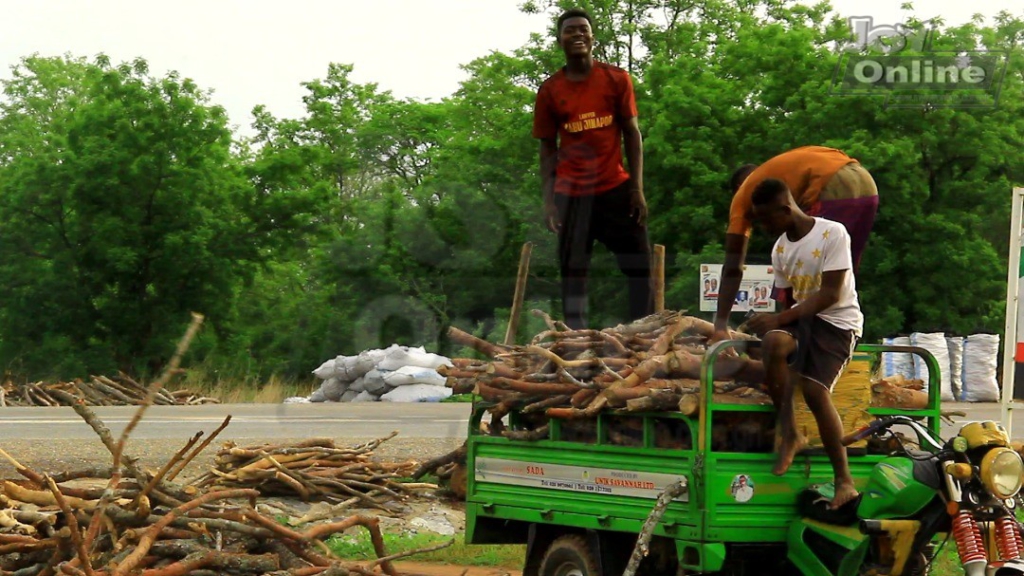
But they are left with no choice. Even under extreme conditions, they are compelled to fall from a tree.
Solia Atika, 18 years is a Form 2 student of the Fufolso Senior High school (SHS). Atika also helps her grandmother to sell the firewood.
"We don't like to cut down trees, but there is nothing here to do," she added.
The entire community had Shea trees, but now the situation has changed, and any storm that comes abuse them.
Kojope is very dry. Houses can be counted at one extreme without a struggle.
"Now there is a lot of heat, and when there is a storm, our lives are always in danger. When we had around our homes, things were." 22-year old Salifu Abdul-Hamid.
Temperatures are high, and residents have to endure all day. Sometimes, they have to visit the health facilities for medications.
Weather patterns have also changed. For example, there are fewer rains or severe weather conditions.
In dry seasons, the weather becomes warmer, while in the rainy season, so many storms are narrated by residents.
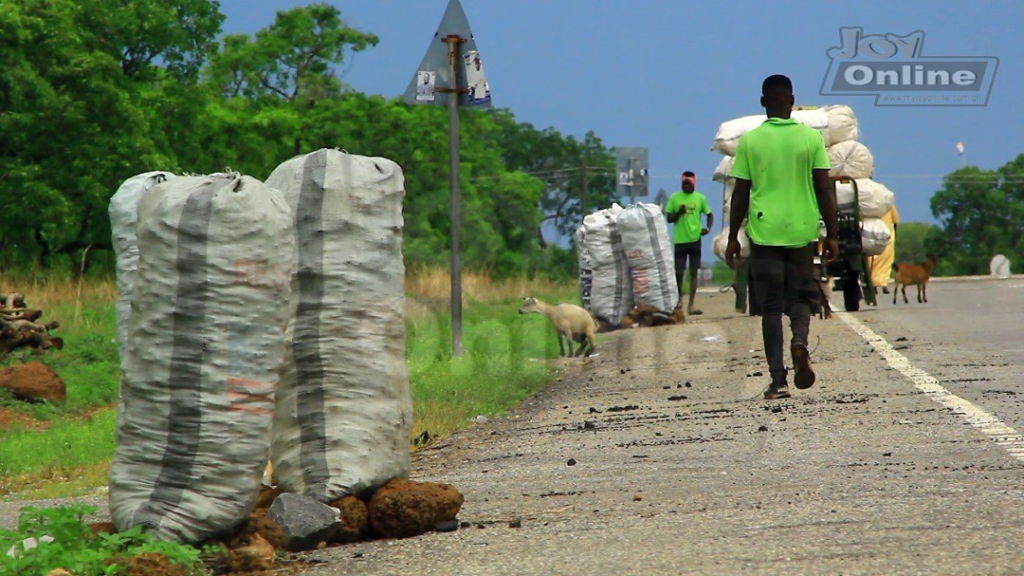
According to the Ghana Meteorological Agency data, temperatures are generally high all year round. The hottest month is March, with a minimum of 21°C at night and a maximum of 42°C a day.
The average monthly temperature is, however, 30°C.
The area has a single maximum rainfall regime and means annual rainfall from 930mm to 1200mm.
There is high humidity and sunshine with heavy in the rainy season.
Though over the last ten years, average minimum temperatures have increased from 22.2°C in 2010 to 23.2°C average maximum temperatures haven’t increased much - thus 33.6°C. So the area is basically on a warming trend.
According to the Ghana Meteorological Agency, an increase in minimum temperatures will be felt more than an increase in maximum temperatures.
Charcoal is now a major business in both communities.
Both men and women are now competing on who gets the lion's share of the bush.
More than 50 percent of the Shea tree in the savannah ecological zone has been cut down for charcoal.
Averagely, a truck full of firewood is being sold at GH¢300, whereas a bag of charcoal goes for GH¢20.
The degradation of the trees has an impact on both fauna and flora.
According to the Global Forest Watch report, Ghana had 7.00Mha of natural forest, which accounted for over 30% of its land area in 2010. In 2020, it lost 136kha of natural forest, equivalent to 82.2Mt of CO₂ of emissions.
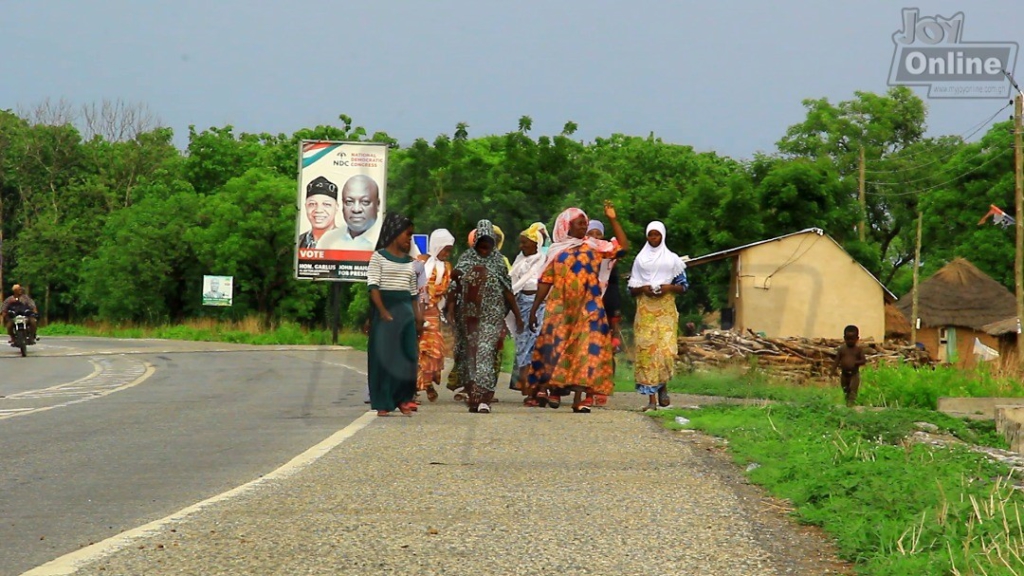
The report also says the country lost 101kha of humid primary forest, making up 8.0% of its total tree cover loss between 2002 to 2020.
Ghana's total area of humid primary forest fell by 9.3% within the same period.
Impact on wildlife
"Animals’ behaviour has changed because of the use of chainsaws," According to the assistant manager of Mole National Park in Damongo.
Mr Bona Kyiire says the number of animals in the park has increased, especially elephants and other bigger animals.
This means more animals are relocating to safer places because of environmental destruction.
"Once the depletion happens out there, the next focus will be the national park," Mr Kyiire says.
The size of the Mole national park is 4,577 square km, bordered by 5 districts and 33 communities.
The districts include; West Gonja Municipal, North Gonna District, Mamprugu Moagduri District, Wa East District, and Sawla-Tuna-Kalba District.
Sumpini and Kojope are about 68 km away from the Mole National Park – less than an hour's drive.
Mr Kyiire says animals could travel far more than that distance to the park.
Traditional intervention
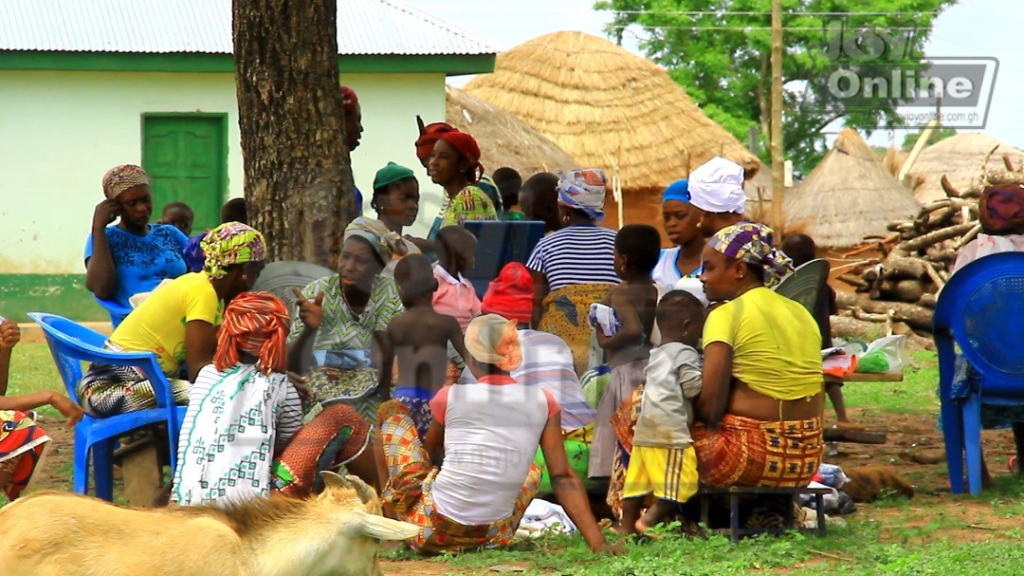
Chief of Kojoje, Attaboy Salia, says over the past decade they haven't witnessed hailstones.
"Now we have insects and crawling creatures that previously lived on trees crawl in our homes because there are no more trees," he said.
He says they have had meetings to educate residents on the dangers of telling down the trees but to no avail.
"We were previously summoned as chiefs and told to stop our people from cutting trees and burning charcoal, which I conveyed to my people.
But they have no source of livelihood. The Fulani cattle destroy their farms and leave them with nothing at the end of the farming season," said Chief Salia.
Actions Being Taken

Naturally, the Shea tree fruits once a year between May and August but provides numerous benefits to the residents.
Mr Seidu wants traditional and environmental laws reinforced to protect the trees and invocation rain on those who cut the trees, kill or attempt to kill them.
"These things worked in the past," he says.
According to Mr Seidu, people were fined or expelled from communities because they cut down trees.
"Traditional rules and sanctions of land priests need to be revisited," he noted.
Chief of Kojope, Attaboy Salia, says trees planted in the past didn't survive and they have lost hope of planting more in the communities.
Dr Yeboah is also working on grafting to modify the fruiting periods of the tree from 15 years to 4years.
He has developed some demonstration parkland, but community members are unwilling to support the program.
Authorities at the Mole National Park are also seeking funding to introduce livelihood programs for the communities.
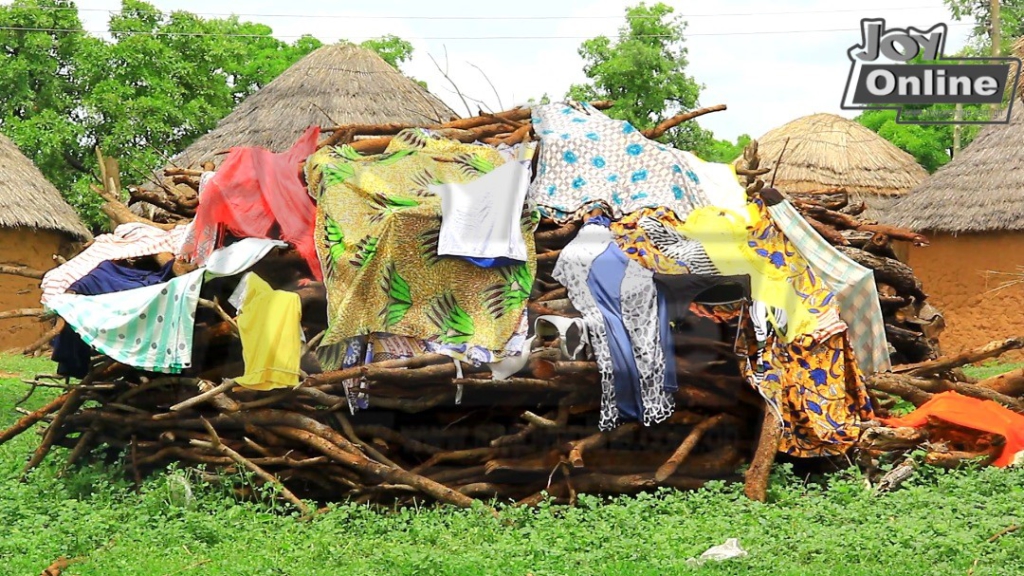
Mr Kyiire says if there are livelihoods programs, the park's catchment will be invaded one day.
An NGO, TalkTrees, together with the people of Kojope and Sumpini, have planted selected high yielding mango seedlings, 100 shade trees providing and windbreakers in the communities.
The TalkTrees Project sponsored by Jowato Ghana and its partners is planting these mango seedlings to pilot another source of income in the next 2-3yrs for the communities.
"Once they have trees that benefit them, our trees, animals, birds and environment will be a lot safer," CEO of The TalkTrees pProject, Jonathan Adawen Kojo, said.
*************************
This report was produced with Indigenous Environmental Journalism Story Grant from Internews’ Earth Journalism Network.
Latest Stories
-
Akufo-Addo seeks to use Bawumia to complete Akyem agenda – Asiedu Nketia alleges
2 mins -
National Cathedral: CHRAJ recommends investigation, contract cancellation, possible prosecution
6 mins -
Dr James Orleans-Lindsay wins Man of the Year at 9th EMY Africa Awards
8 mins -
Medical Council to enforce specialist distribution nationwide
37 mins -
Fire guts old Fadama market, man reportedly loses GHC800,000
42 mins -
Nacee bemoans low performance fees for gospel artistes
43 mins -
We don’t operate investment platform – GNPC
59 mins -
Ghana Fact-checking Coalition condemns disinformation on voting by Wontumi FM broadcaster
1 hour -
IFRS 17 will augment and accelerate NIC’s efforts to implement risk-based capital – Deloitte
1 hour -
IFRS 17 is one of biggest changes to financial reporting standards in insurance industry – Deloitte
1 hour -
Enimil Ashon: Whose polls do you believe: ‘Global Info or Prof Sarpong?
1 hour -
Ghana Climate Innovation Centre welcomes 25 businesses into Cohort 10
1 hour -
ADB will continue to enhance customer value and service experience – Managing Director
1 hour -
Colour Cure Exhibition highlights art’s role in healing and advocacy
1 hour -
GPL 2024/25: Aduana FC sack coach Yaw Acheampong after poor run
2 hours

